
Digital art refers to any artistic work or practice that uses digital technology as part of the creative or presentation process. It can also refer to computational art that uses and engages with digital media. Since the 1960s, various names have been used to describe digital art, including computer art, electronic art, multimedia art, and new media art.
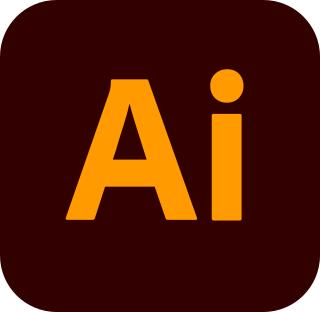
Adobe Illustrator is a vector graphics editor and design software developed and marketed by Adobe. Originally designed for the Apple Macintosh, development of Adobe Illustrator began in 1985. Along with Creative Cloud, Illustrator CC was released. The latest version, Illustrator 2024, was released on October 10, 2023, and is the 28th generation in the product line. Adobe Illustrator was reviewed as the best vector graphics editing program in 2021 by hpMagazine.

Wacom Co., Ltd. is a Japanese company headquartered in Kazo, Saitama, Japan, that specializes in manufacturing graphics tablets and related products. As of 2012 Wacom generated sales of approximately 40.7 billion yen with 785 employees. The company's shares are listed on the Tokyo Stock Exchange.
OpenAI is an American artificial intelligence (AI) research organization founded in December 2015 and headquartered in San Francisco, California. Its mission is to develop "safe and beneficial" artificial general intelligence (AGI), which it defines as "highly autonomous systems that outperform humans at most economically valuable work". As a leading organization in the ongoing AI boom, OpenAI is known for the GPT family of large language models, the DALL-E series of text-to-image models, and a text-to-video model named Sora. Its release of ChatGPT in November 2022 has been credited with catalyzing widespread interest in generative AI.

Deepfakes are images, videos, or audio which are edited or generated using artificial intelligence tools, and which may depict real or non-existent people. They are a type of synthetic media.
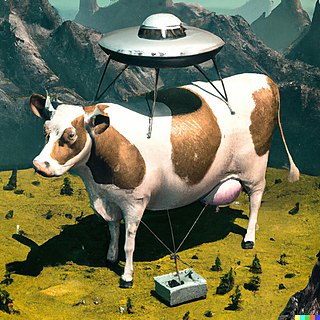
Artificial intelligence art is visual artwork created through the use of an artificial intelligence (AI) program.
Synthetic media is a catch-all term for the artificial production, manipulation, and modification of data and media by automated means, especially through the use of artificial intelligence algorithms, such as for the purpose of misleading people or changing an original meaning. Synthetic media as a field has grown rapidly since the creation of generative adversarial networks, primarily through the rise of deepfakes as well as music synthesis, text generation, human image synthesis, speech synthesis, and more. Though experts use the term "synthetic media," individual methods such as deepfakes and text synthesis are sometimes not referred to as such by the media but instead by their respective terminology Significant attention arose towards the field of synthetic media starting in 2017 when Motherboard reported on the emergence of AI altered pornographic videos to insert the faces of famous actresses. Potential hazards of synthetic media include the spread of misinformation, further loss of trust in institutions such as media and government, the mass automation of creative and journalistic jobs and a retreat into AI-generated fantasy worlds. Synthetic media is an applied form of artificial imagination.
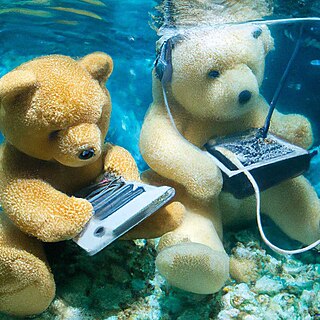
DALL·E, DALL·E 2, and DALL·E 3 are text-to-image models developed by OpenAI using deep learning methodologies to generate digital images from natural language descriptions known as "prompts".
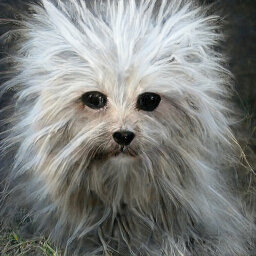
Artbreeder, formerly known as Ganbreeder, is a collaborative, machine learning-based art website. Using the models StyleGAN and BigGAN, the website allows users to generate and modify images of faces, landscapes, and paintings, among other categories.
Prompt engineering is the process of structuring an instruction that can be interpreted and understood by a generative AI model. A prompt is natural language text describing the task that an AI should perform: a prompt for a text-to-text language model can be a query such as "what is Fermat's little theorem?", a command such as "write a poem about leaves falling", or a longer statement including context, instructions, and conversation history.
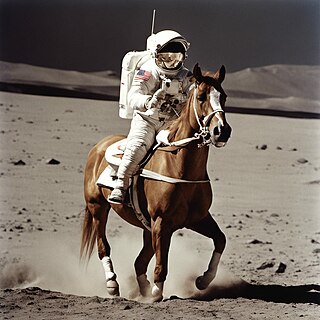
Stable Diffusion is a deep learning, text-to-image model released in 2022 based on diffusion techniques. The generative artificial intelligence technology is the premier product of Stability AI and is considered to be a part of the ongoing artificial intelligence boom.
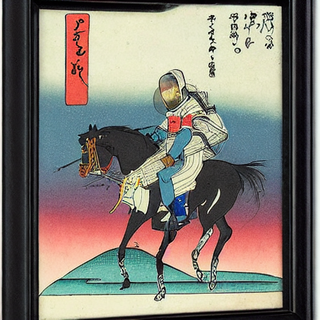
A text-to-image model is a machine learning model which takes an input natural language description and produces an image matching that description.

NovelAI is an online cloud-based, SaaS model, and a paid subscription service for AI-assisted storywriting and text-to-image synthesis, originally launched in beta on June 15, 2021, with the image generation feature being implemented later on October 3, 2022. NovelAI is owned and operated by Anlatan, which is headquartered in Wilmington, Delaware.

ChatGPT is a generative artificial intelligence chatbot developed by OpenAI. Launched in 2022 based on the GPT-3.5 large language model (LLM), it was later updated to use the GPT-4 architecture. ChatGPT can generate human-like conversational responses and enables users to refine and steer a conversation towards a desired length, format, style, level of detail, and language. It is credited with accelerating the AI boom, which has led to ongoing rapid investment in and public attention to the field of artificial intelligence (AI). Some observers raised concern about the potential of ChatGPT and similar programs to displace or atrophy human intelligence, enable plagiarism, or fuel misinformation.
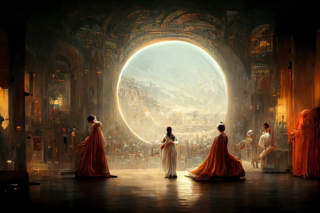
Generative artificial intelligence is artificial intelligence capable of generating text, images, videos, or other data using generative models, often in response to prompts. Generative AI models learn the patterns and structure of their input training data and then generate new data that has similar characteristics.

The AI boom, or AI spring, is an ongoing period of rapid technological progress in the field of artificial intelligence (AI) that started in the late 2010s before gaining international prominence in the early 2020s. Examples include protein folding prediction led by Google DeepMind as well as large language models and generative AI applications developed by OpenAI.

Microsoft Copilot is a generative artificial intelligence chatbot developed by Microsoft. Based on the GPT-4 series of large language models, it was launched in 2023 as Microsoft's primary replacement for the discontinued Cortana.
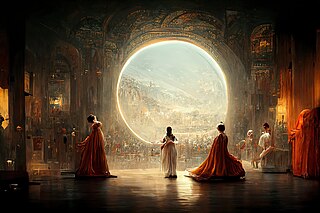
Théâtre D'opéra Spatial is an image created by Jason Michael Allen with the generative artificial intelligence platform Midjourney. The image won the 2022 Colorado State Fair's annual fine art competition in the digital art category on August 29, becoming one of the first images made using artificial intelligence (AI) to win such a prize.
In the 2020s, the rapid advancement of deep learning-based generative artificial intelligence models are raising questions about whether copyright infringement occurs when the generative AI is trained or used. This includes text-to-image models such as Stable Diffusion and large language models such as ChatGPT. As of 2023, there are several pending U.S. lawsuits challenging the use of copyrighted data to train AI models, with defendants arguing that this falls under fair use.
Ideogram is a freemium text-to-image model developed by Ideogram, Inc. using deep learning methodologies to generate digital images from natural language descriptions known as "prompts". The model is capable of generating legible text in the images compared to other text-to-image models.


















